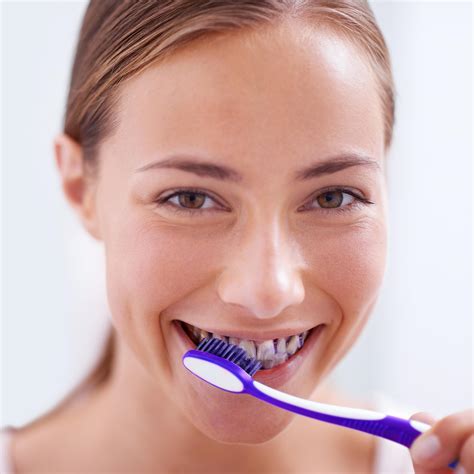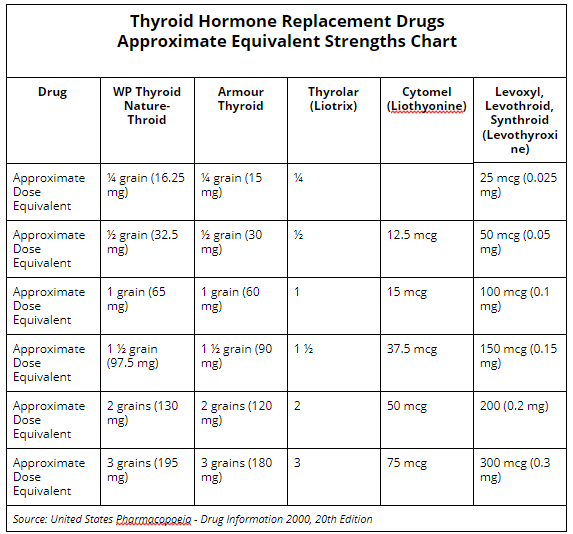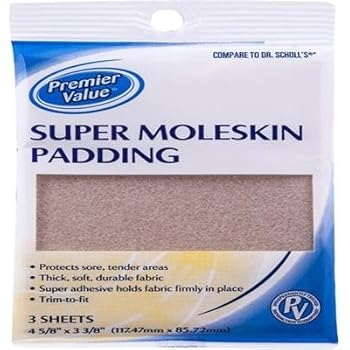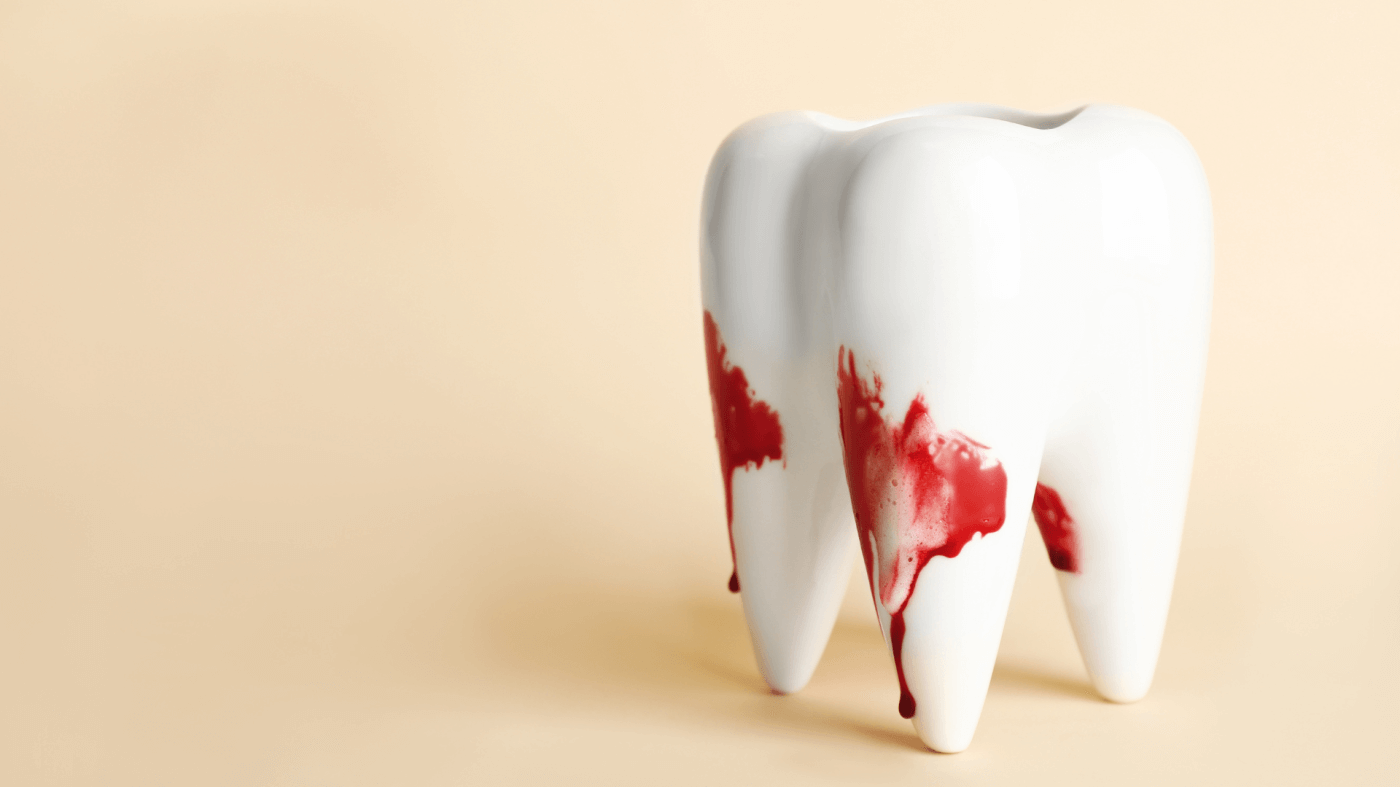7 Tooth Stain Remover Secrets For A Brighter Smile

The quest for a brighter, more radiant smile is a universal desire, transcending cultural and geographical boundaries. Tooth stains, whether caused by dietary habits, smoking, or the inevitable march of time, can significantly dampen one’s confidence and self-esteem. Fortunately, the journey to erasing these unwanted discolorations and unveiling a dazzling smile is not only achievable but also remarkably straightforward, thanks to a combination of traditional remedies, cutting-edge dental technologies, and simple lifestyle adjustments.
At the heart of every successful tooth stain removal strategy is a profound understanding of the underlying causes of tooth discoloration. Teeth can become stained due to extrinsic factors, such as the consumption of coffee, red wine, and tobacco, which can leave unsightly marks on the surface of the teeth. Intrinsic discoloration, on the other hand, occurs when the inner structure of the tooth, known as the dentin, becomes darker or more yellow, often as a result of aging, certain medications, or trauma. Armed with this knowledge, individuals can tailor their approach to target the specific type of stain they are dealing with, leveraging a combination of professional dental treatments and at-home remedies to achieve optimal results.
1. Professional Teeth Whitening: The Gold Standard
For those seeking immediate, dramatic results, professional teeth whitening stands as the most effective solution. Performed in a dental office, this procedure involves the application of a high-concentration bleaching agent to the teeth, which is then activated by a special light. The process is carefully monitored by a dentist to ensure safety and to achieve the desired level of whitening. Professional teeth whitening not only offers superior results compared to at-home kits but also provides the added benefit of being tailored to the individual’s specific tooth shade and sensitivity level.
2. At-Home Whitening Kits: A Convenient Alternative
While not as potent as their professional counterparts, at-home teeth whitening kits have evolved significantly, offering a convenient and cost-effective means of improving one’s smile. These kits usually contain whitening trays or strips coated with a lower concentration of hydrogen peroxide than professional treatments. Users apply these products according to the manufacturer’s instructions, typically for a specified duration each day over a couple of weeks. The results, while more gradual, can still be quite impressive, especially when combined with good oral hygiene practices and lifestyle choices.
3. Laser Teeth Whitening: Precision and Speed
Laser teeth whitening represents a cutting-edge approach to removing tooth stains, combining the effectiveness of professional-grade whitening agents with the precision of laser technology. This method involves the application of a bleaching solution to the teeth, which is then activated by a laser. The laser energy accelerates the whitening process, allowing for quicker and more targeted results. This technique is particularly beneficial for those with sensitive teeth, as the precision of the laser minimizes contact with the gums and other soft tissues.
4. Natural Remedies: The Gentle Approach
For individuals preferring a more holistic approach or those looking to maintain their smile between professional treatments, natural remedies offer a gentle yet effective means of reducing tooth stains. Baking soda, for instance, is a mild abrasive that can help remove surface stains when used in a paste form with water. Similarly, activated charcoal has gained popularity for its ability to absorb and remove stains, although its use should be approached with caution to avoid damaging tooth enamel. Coconut oil pulling, an ancient Ayurvedic practice, involves swishing oil in the mouth to reduce bacteria and stains, promoting a cleaner, healthier oral environment.
5. Dietary Adjustments: Prevention is the Best Cure
Prevention plays a critical role in maintaining a stain-free smile. Certain foods and beverages are notorious for their staining potential, with coffee, tea, red wine, and berry juices leading the list. Limiting the consumption of these items or adopting the habit of rinsing the mouth with water after consumption can significantly reduce the risk of staining. Furthermore, a diet rich in fruits and vegetables can help naturally clean the teeth, with crunchy foods like apples and carrots acting as natural abrasives to remove loose stains.
6. Regular Dental Check-Ups: The Cornerstone of Oral Health
Regular dental check-ups are indispensable for detecting and addressing tooth stains early on. During these visits, dentists can provide professional cleanings that remove plaque, tartar, and surface stains, helping to prevent the progression of discoloration. Moreover, these appointments offer an opportunity for personalized advice on stain prevention and removal, tailored to the individual’s specific oral health needs and goals.
7. Maintaining Good Oral Hygiene: The Everyday Battle Against Stains
Good oral hygiene practices form the foundation upon which all tooth stain removal strategies are built. Brushing teeth at least twice a day with a fluoride toothpaste, paying special attention to the areas where the teeth and gums meet, and flossing once a day to remove food particles and plaque from between the teeth, are crucial. Additionally, using a mouthwash can help kill bacteria that contribute to stains and bad breath, rounding out a comprehensive oral care routine that supports a brighter, healthier smile.
What is the most effective way to remove deep-seated tooth stains?
+For deep-seated stains, professional teeth whitening treatments are often the most effective solution. These treatments can penetrate the tooth enamel to address intrinsic discoloration, offering more dramatic and lasting results compared to at-home whitening kits or natural remedies.
Can natural remedies like baking soda and charcoal effectively remove tooth stains?
+Natural remedies such as baking soda and activated charcoal can be effective in removing surface stains and maintaining oral health. However, their effectiveness may vary depending on the severity of the stains and the individual's oral health. It's also crucial to use these remedies judiciously to avoid damaging tooth enamel.
How can dietary adjustments prevent tooth stains?
+Limiting the consumption of staining foods and beverages, such as coffee and red wine, and thriving on a diet rich in fruits and vegetables can help prevent tooth stains. Certain foods, like apples and carrots, act as natural cleansers for the teeth, reducing the risk of discoloration.
In conclusion, the path to a brighter, stain-free smile is multifaceted and highly personalized. By combining professional dental treatments, at-home remedies, natural solutions, dietary adjustments, and rigorous oral hygiene practices, individuals can effectively remove unwanted stains and achieve a radiant smile that boosts confidence and enhances overall well-being. Whether through the precision of laser whitening, the convenience of at-home kits, or the gentle approach of natural remedies, there exists a tooth stain removal strategy tailored to every need and preference, making the dream of a perfect smile more accessible than ever.


